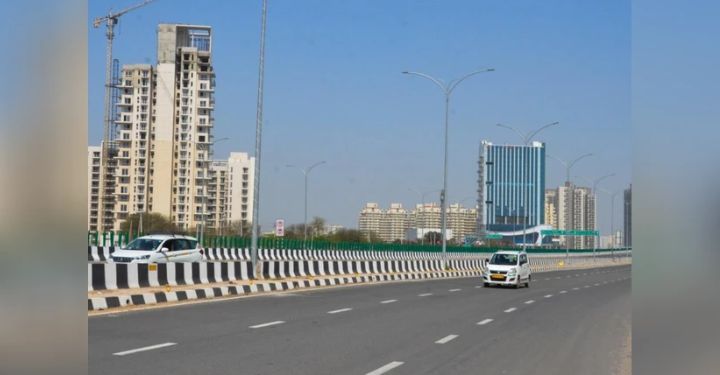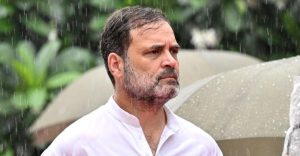
In a landmark event for Delhi-NCR’s transportation landscape, Prime Minister Narendra Modi on August 17, 2025, inaugurated two key highway projects—the Delhi segment of the Dwarka Expressway and the Urban Extension Road-II (UER-II). The projects, worth nearly ₹11,000 crore, promise to ease congestion, reduce travel time, and significantly enhance regional connectivity, especially for routes linking Dwarka in southwest Delhi to Sonipat in Haryana.
Held at Rohini, Delhi, the inauguration was attended by top officials, engineers, and political leaders, including Haryana Chief Minister Nayab Singh Saini.
Dwarka to Sonipat: A Drastically Shorter Commute
One of the most transformative aspects of the new highways is their impact on travel between Dwarka and Sonipat, two major hubs that have long been poorly connected. Until now, commuters relied on the congested Outer Ring Road or NH-44 through central Delhi. The new highway combination offers an alternative: a faster, signal-free commute via the Dwarka Expressway and UER-II spur to Sonipat.
The UER-II includes a 19 km side spur that connects Bawana to Sonipat, providing a seamless link for commercial vehicles, daily commuters, and logistics traffic. This means that travel times could reduce by 30 to 45 minutes, especially during peak hours.
Project Highlights
- Dwarka Expressway (Delhi Section)
- Length: 10.1 km
- Cost: ₹5,360 crore
- Integrates with Metro lines, bus depots, and the new Yashobhoomi convention centre
- Will divert traffic from NH-48 and IGI Airport region
- UER-II (Alipur–Dichaon Kalan stretch)
- Length: 27.6 km + spurs
- Cost: ₹5,580 crore
- Connects outer Delhi zones and offers access to NH-9, NH-44, and NH-48
- Spurs to Bahadurgarh and Sonipat now operational
These projects were executed by the National Highways Authority of India (NHAI) and are part of the Bharatmala Pariyojana, an ambitious highway development programme by the central government.
Commuter Benefits
- Faster Regional Travel: The Dwarka–Sonipat route will now be a multi-lane, controlled-access route without red lights.
- Pollution Reduction: Traffic diversion from city roads is expected to ease pollution levels in central Delhi.
- Logistics Efficiency: Industrial towns like Bahadurgarh and Sonipat will benefit from faster access to Delhi’s ports, airport, and wholesale markets.
- Emergency Services: Ambulances and emergency vehicles can bypass urban congestion more effectively.
Urban Planning and Multi-Modal Transit
The government emphasized a multi-modal transit approach. The Dwarka Expressway connects to:
- Delhi Metro’s Blue and Orange lines
- Bijwasan railway station (upgraded)
- Dwarka Sector 21 metro interchange
- Yashobhoomi (India International Convention Centre)
This allows passengers to seamlessly shift between cars, trains, and metro networks.
Political and Economic Context
PM Modi used the event to highlight the Centre’s focus on infrastructure development as a tool for economic growth. He criticized previous governments for “delayed and disconnected projects” and praised Haryana for its cooperation.
“These highways will not only decongest Delhi but also create thousands of new jobs, bring industries closer, and reduce logistics costs,” Modi said.
Haryana CM Nayab Singh Saini added that these corridors would “connect farmers, traders, and workers more directly to urban markets.”


